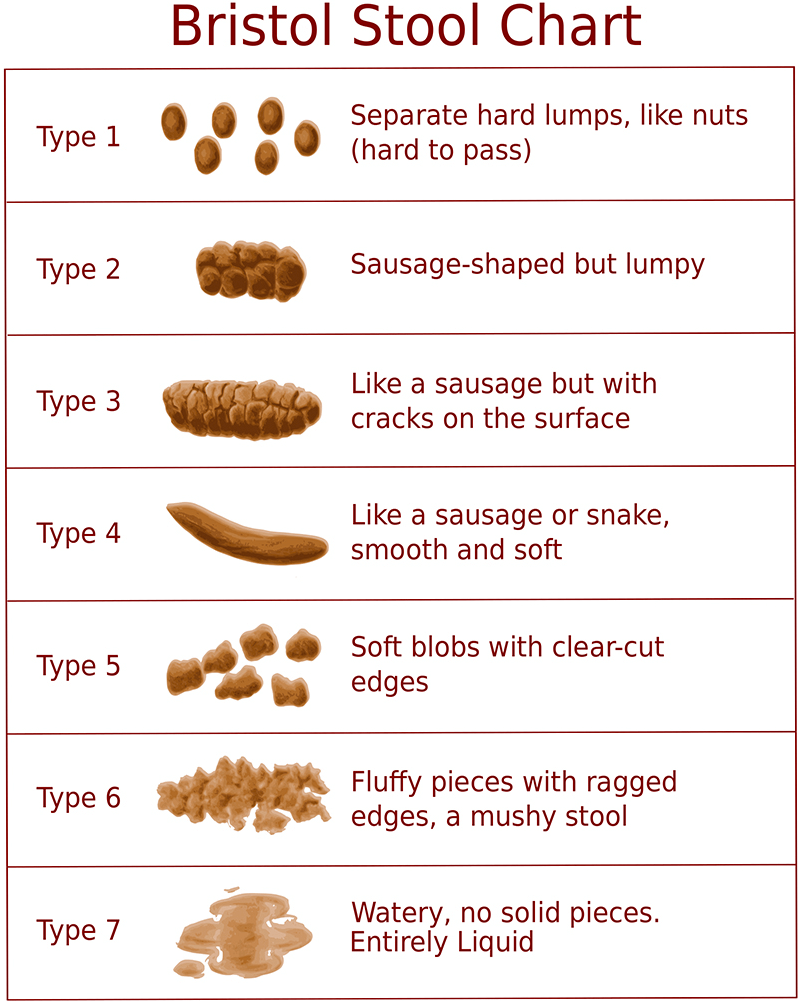Our Digestive System Telling Us Something
Our Digestive System Telling Us Something

Daily activities that we seldom give thought to actually have the potential to inform us about our health. Certain things about our digestive system give us clues about our own relationship with food and its potential impact on our health.
Most people are unaware of the symptoms that they’re having, like they can be having gas, bloating, indigestion, bad breath, burping, constipation, diarrhoea, intense sugar cravings, all that impossible fog in brain, and these are all signs that the digestive system is not working properly.
Heartburn, reflux and indigestion are common problems in our society and typically the way the problem is addressed is often symptomatically, another example of linear, over simplistic western medical approach. We know that adequate acid is an important part of an optimal digestive process but drugs such as antacids (Alka-Seltzer, Gaviscon or Mylanta) work by neutralising the stomach acid, or proton pump inhibitors (e.g. Nexium, Prilosec) work by reducing the production of acid by blocking the enzyme in the wall of the stomach that produces acid.
Exploring what foods cause the problem and eliminating them not only deals with the problems but also would have far reaching implications on health and wellbeing both physical and mental.
Constipation which is defined as two or few bowel movements a week is reflective of some underlying disorder, which can range from not drinking enough water or eating enough vegetables, to an under active thyroid, irritable bowel, colon cancer , neurological conditions ( e.g. Parkinson or multiple sclerosis) stress and also a a wide range of medications.
Diarrhoea is defined as stools that are watery and loose. Sadly this is also not an uncommon occurrence, but if this occurs on a regular basis it is worth reflecting on the food you have eaten. If this occurs regularly then you are loosing fluids and your digestive system should be considered more critically for your overall health and wellbeing.
The ideal transit time of food through the digestive tract is ideally18-24 hours and 2 bowel movements a day is ideal. The quality, frequency and shape of the stool or faeces should give you a clue that things are not working optimally. Take control of what you eat and you will be surprised the difference this can make. Don’t wait fro a diagnosis that defines a chronic health issue. Read the signs and take them seriously.
Bristol stool chart
There are seven types of stools (faeces) according to the Bristol Stool Chart. The Bristol Stool Chart or Bristol Stool Scale is a medical aid designed to classify faeces into seven groups.
What should my stools look like?
The type of stool or faeces depends on the time it spends in the colon. After you pass faeces, what you see in the toilet bowl is basically the result of your diet, fluids, medications and lifestyle. You can use the Bristol Stool Chart to check what your stools are telling you.
The Bristol Stool Chart shows seven categories of stool. Every person will have different bowel habits, but the important thing is that your stools are soft and easy to pass – like types 3 and 4 below.
- Type 1–2 indicate constipation
- Type 3–4 are ideal stools as they are easier to pass, and
- Type 5–7 may indicate diarrhoea and urgency.



